How to Marinate Chicken in Buttermilk: Step-by-Step Guide for Juicy Results
Marinating chicken in buttermilk is the simplest way to achieve tender, flavorful results every time. Follow these five easy steps to transform your chicken:
- Select fresh chicken: Use bone-in thighs, breasts, or wings for best moisture retention. Avoid pre-seasoned or frozen chicken for optimal flavor absorption.
- Prepare the marinade: Mix 2 cups full-fat buttermilk with 1 tsp garlic powder, 1 tsp paprika, 1/2 tsp salt, 1/4 tsp black pepper, and optional hot sauce or herbs like thyme. Ensure even distribution.
- Submerge chicken: Place chicken in a ziplock bag or airtight container with marinade. Seal tightly and massage gently to coat all pieces. Refrigerate immediately.
- Marinate time: For perfect tenderness, refrigerate for 6-12 hours. Overnight (12-24 hours) maximizes flavor penetration while avoiding mushiness.
- Prep for cooking: Remove chicken from marinade, pat dry with paper towels, and season lightly with additional salt or spices. This step ensures crispy skin when frying or grilling.
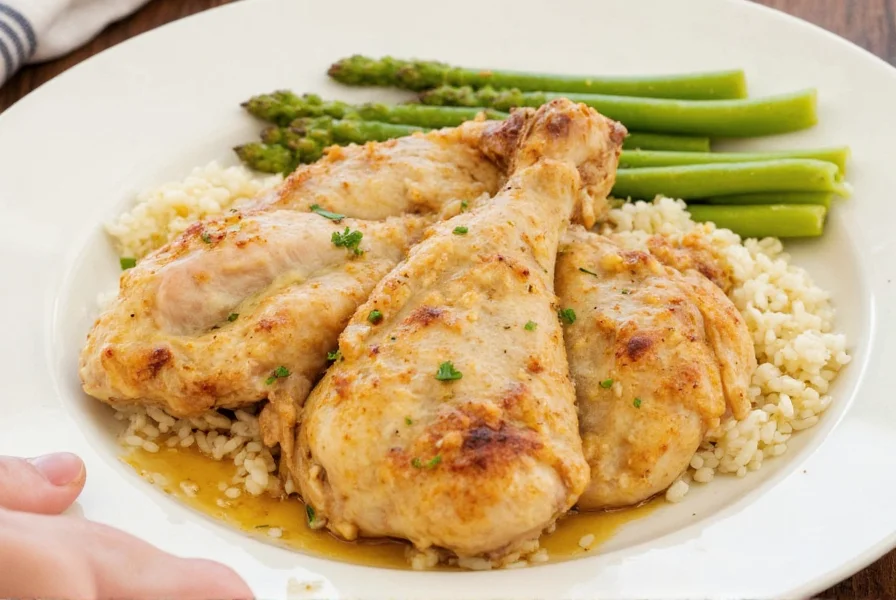
Why Buttermilk Works: The Science Behind Tender Chicken
Buttermilk's unique properties make it superior for marinating chicken. Here's how it works at the molecular level:
- pH Level: Buttermilk's natural acidity (pH 4.4-4.8) gently breaks down muscle fibers without over-tenderizing, unlike vinegar or citrus which can make chicken mushy.
- Lactic Acid: This natural acid denatures proteins slowly, preserving moisture during high-heat cooking like frying or grilling.
- Fat Content: With 1-2% fat, buttermilk coats chicken evenly, locking in juices while allowing spices to penetrate deeply.
- Calcium Ions: Activates enzymes that further tenderize meat, resulting in consistently juicy texture even after cooking.
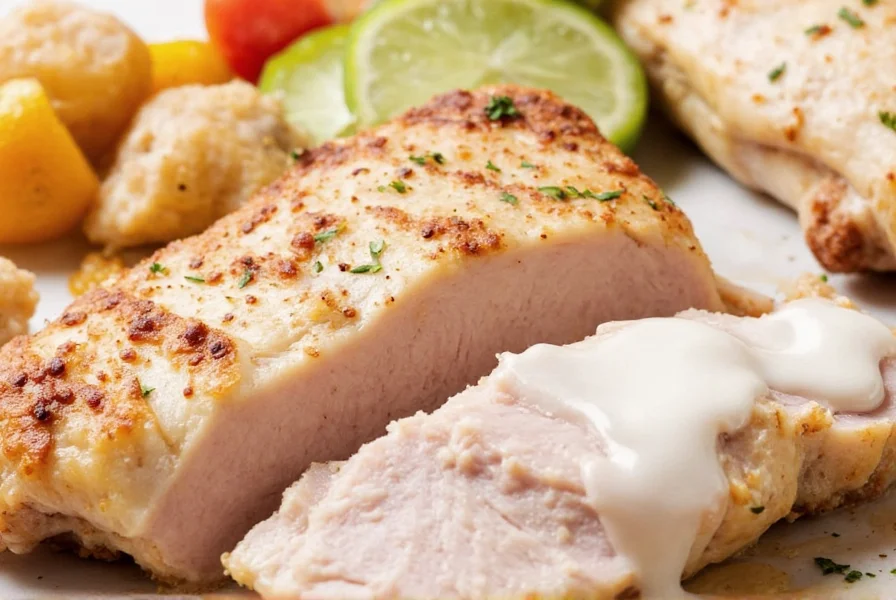
Buttermilk vs. Other Marinades: A Tasty Comparison
| Marinade Type | Tenderizing Power | Mouthfeel | Flavor Depth | Cooking Suitability |
|---|---|---|---|---|
| Buttermilk | High | Moist & Tender | Mildly Tangy + Customizable | Great for frying, baking, grilling |
| Yogurt | Medium | Soft & Slightly Creamy | Earthy, Bold (especially Greek) | Perfect for Indian dishes, tandoori-style |
| Vinegar | Very High | Dryish if overused | Sharp & Punchy | Good for braising, stews, or pickling |
| Lemon Juice | Medium-High | Clean, Light | Bright & Zesty | Best for white meats, fish, or Mediterranean recipes |
| Soy Sauce | Low-Medium | Meaty & Rich | Umami-heavy | Ideal for stir-fries, pan-seared cuts |

Buttermilk outperforms alternatives by balancing tenderness and flavor without overpowering. It's the top choice for versatile home cooks seeking restaurant-quality results.
Storing and Prepping Your Buttermilk-Marinated Chicken
Proper storage ensures safety and preserves quality. Key guidelines:
- Marination Duration: Refrigerate for 6-12 hours maximum; 24+ hours may cause texture issues. Never leave at room temperature.
- Storage Containers: Use glass jars or vacuum-sealed bags to prevent leaks and odor transfer. Avoid plastic containers for long-term storage.
- Freezing Options: Freeze marinated chicken in airtight bags for up to 3 months. Thaw overnight in the fridge before cooking.
- Reusing Marinade: Discard after use. If saving, boil for 5 minutes to kill bacteria, but never reuse raw chicken marinade.

Leftovers stay tender for 3-4 days when stored in shallow airtight containers. Reheat gently to maintain moisture.
Buying Guide: Best Buttermilk & Tools for Marinating
Not all buttermilk is equal. Here's what to choose for perfect results:
Top Buttermilk Brands
| Brand | Type | Features | Best For |
|---|---|---|---|
| Organic Valley | Organic & Cultured | No additives, rich flavor | Health-conscious cooks |
| Hiland Dairy | Traditional Cultured | Thick texture, tangy taste | Classic fried chicken lovers |
| Horizon Organic | Ultra-pasteurized | Long shelf life, smooth consistency | Busy households & meal prep |
| Trader Joe’s | Economical Option | Affordable, everyday use | Cost-effective batch cooking |
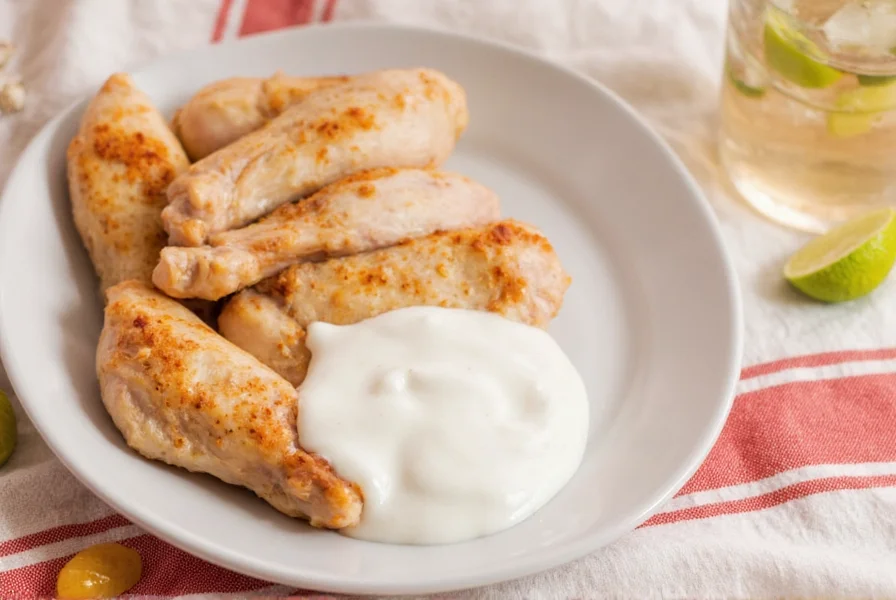
Essential Marinating Tools
- Vacuum Sealer: Locks in flavor and extends shelf life. Ideal for bulk prepping.
- Ziplock Freezer Bags: Affordable, mess-free option for single-use batches.
- Glass Mason Jars: Eco-friendly, easy to clean, perfect for small portions or sauces.
- Plastic Marinating Trays: Leak-proof and stackable for fridge organization.
- Meat Mallet & Brining Injector: Optional for deeper flavor penetration in thick cuts.
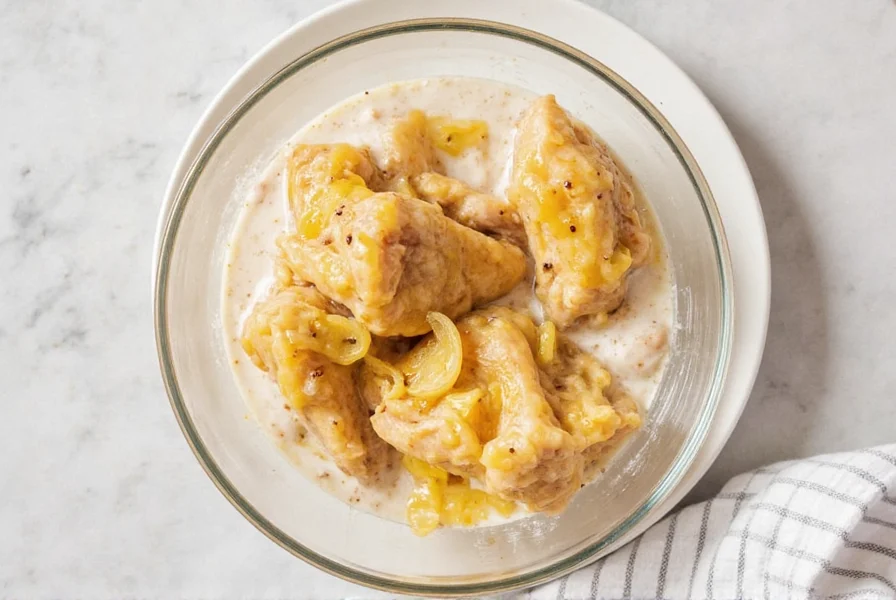
Investing in quality tools streamlines your process and elevates results for weeknight dinners or special occasions.
Final Thoughts on Perfect Buttermilk Chicken
Mastering buttermilk marination unlocks endless culinary possibilities. Whether frying wings for game night or grilling skewers for summer, this technique guarantees juicy, flavorful chicken with minimal effort.

Experiment with herbs, spices, or sweet additions like honey for unique twists. Remember: the key to success is proper marination time and drying before cooking. With these tips, you'll achieve restaurant-quality chicken every time.

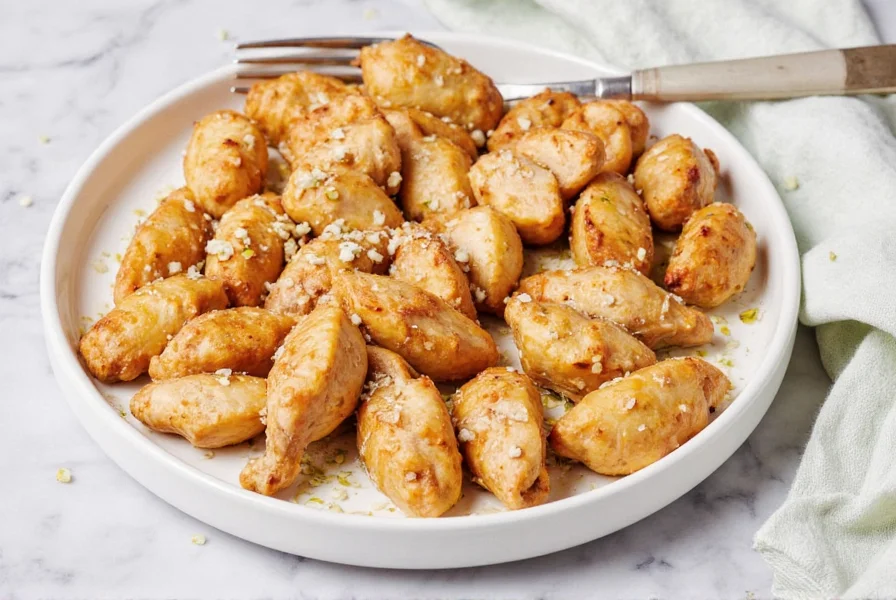









 浙公网安备
33010002000092号
浙公网安备
33010002000092号 浙B2-20120091-4
浙B2-20120091-4